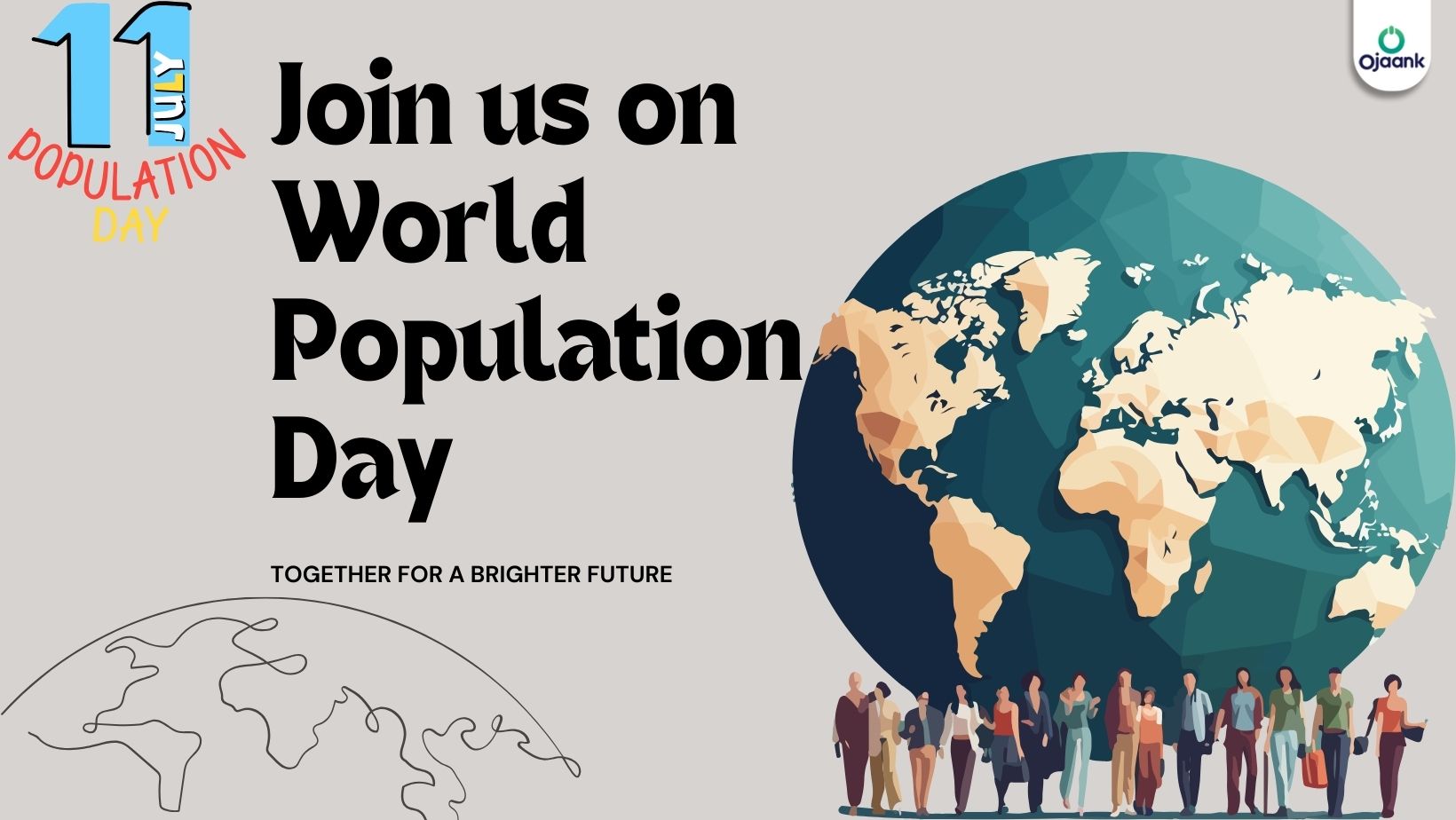todays current affairs 4th july 2023
-1688632841644.jpg)
Criminalization of Politics
GS Paper II
Context: Election monitor Association for Democratic Reforms (ADR) has appealed to the Election Commission requesting punishment against political parties that disobey the Supreme Court's order requiring them to provide information about candidates' criminal records. The ADR calls for stern action to be taken against defaulting parties and draws attention to the non-compliance of parties in posting such information.
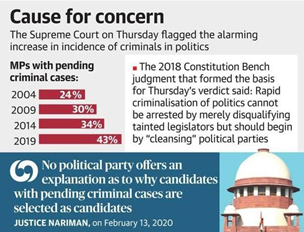
About ADR:
The Indian Institute of Management (IIM) Ahmedabad's faculty founded the electoral watchdog ADR in 1999.
Concerns about political parties fielding candidates with criminal histories have been voiced by the watchdog.
Concerns raised by ADR:
It turned out that 43 percent of the newly elected MPs in 2019 had active criminal convictions.
Political parties are found to be disobeying Supreme Court judgements and ECI directives, according to ADR.
ADR points up issues with the parties' use of the required forms (C2 and C7).
Many parties don't have working websites or don't offer URLs that are open.
In defiance of the Supreme Court's decision, parties choose candidates with criminal histories based on their "winnability" and popularity.
Supreme Court’s Mandate (2018):
Parties are required by the Supreme Court to list candidates' criminal convictions on their websites.
The format for disseminating this information is set down by the Election Commission of India (ECI).
The Supreme Court ordered parties to publicly post information about criminal cases.
Candidates with open cases must disclose their criminal history to the party.
After submitting nominations, parties and candidates are required to disseminate the information many times.
ADR’s Action and Demands:
ADR instructed to pursue ECI remedies.
ADR requests that the ECI impose strong penalties on failing parties, including the possibility of deregistration.
ADR stipulates that failing parties must be listed publicly and that penalties must be imposed.
Conclusion:
The letter from ADR emphasises the requirement that parties comply with the Supreme Court's order to reveal candidates' criminal convictions.
To ensure openness and stop the criminalization of politics, strict adherence to these orders is necessary.
Source: The Hindu
Census
GS Paper II
Context: The option of holding the Census before to the 2024 General Elections has been eliminated by an extension of the deadline to freeze administrative borders for the Census in India to December 31.

What is Census of India?
The Government of India conducts a comprehensive demographic census known as the Census of India.
It strives to compile comprehensive data on the population, demography, and socioeconomic features of the nation.
Historical Background:
Under British administration, the first comprehensive census of India was taken in 1881.
The Census has been carried out by the Registrar General and Census Commissioner of India since 1949 under the Ministry of Home Affairs.
The census's legislative foundation is provided by the Census of India Act, 1948.
Extension of Deadline and Administrative Changes:
The Census boundary freeze date was extended to January 1, 2024, by an order from the office of the Registrar General of India.
In addition to notifying the Census office of jurisdictional changes, the Directorate of Census Operations has been required to alert State governments to make any necessary administrative modifications by December 31.
Reasons for Delay:
Enumerator training for the Census must begin at least three months after the boundaries are set.
Due to concurrent General Elections, which would use the same workforce, the exercise cannot start until April 2024.
The next Census will be the first digital one to enable self-enumeration by residents.
Phases of Census and Population Projections:
The Houselisting and Housing Census and the Population Enumeration portion of the Census, each lasting about 11 months, are conducted separately.
The first round of Census data is updated in the NPR.
According to forecasts based on Census 2011 data, the population is predicted to grow from 121.1 crore to 151.8 crore between 2011 and 2036, with an increase in population density from 368 to 462 people per square kilometre.
Purpose and Importance of the Census:
The Census offers data that the federal and state governments may use to plan and create policies.
It aids in determining the demographic make-up of the country and directs present and future resource allocation.
The distribution of cash and support to states and localities is determined in part by census statistics.
Numerous national and international organisations, academics, corporations, and policymakers utilise the data.
Significance and Impact of the Census:
The Census provides essential data for government and acts as the cornerstone for official statistics.
Demographic, economic, literacy, housing, migration, and other sociocultural information is provided.
The delineation and reserving of parliamentarian, assembly, and local body constituencies are done using the census data.
The Census aids in reviewing progress, keeping an eye on government initiatives, and making future plans.
Real beneficiaries are identified, identity construction is supported, and inter-temporal comparability is guaranteed.
Impact of Delay in Census 2021:
Delayed census data impacts how recipients of public assistance are identified, robbing them of their rights to subsidised food.
The delay impairs the budgeting, administration, and planning of policies that depend on reliable demographic data.
Outdated census data affects policy and planning across a range of industries and fails to accurately record migration patterns.
Reasons for Delay:
Only until the boundaries of administrative entities have been frozen, which takes time, can a census be undertaken.
Officially, the epidemic is blamed for the delay, despite the fact that limitations have been eased.
The National Register of Citizens (NRC) and Citizenship Amendment Act (CAA) usage of the census has caused additional delays.
The delay is a result of the government's lack of urgency and explanation over the census deadline.
Way Forward:
Hasten the listing of the house and other relevant procedures.
Self-enumeration and mobile applications can be used to speed up data collecting and processing.
During self-enumeration, address issues with data quality and coverage completeness.
Conclusion:
Accurate demographic statistics and planning in India face issues as a result of the Census's postponement.
The subsequent census, which will take place after the general elections in 2024, will be a major turning point since it will be the first digital one and allow people to self-enumerate.
Source: The Hindu
Har Ghar Jal Initiative
GS Paper II
Context: The Jal Jeevan Mission's Har Ghar Jal project seeks to link every rural home in India to clean water by 2024. The project, however, is likely to fall short of its goal, with just 75% of village dwellings predicted to have drinking water taps by April 2024, according to a number of sources and data analysis.
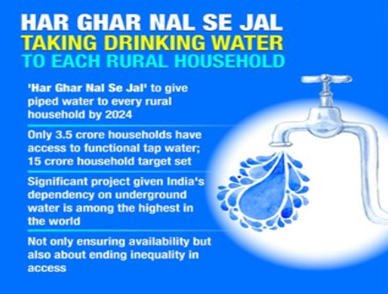
Har Ghar Jal Initiative: A quick recap
The Ministry of Jal Shakti launched the Har Ghar Jal (literally, "Water to Every Household") programme as part of the Jal Jeevan Mission in 2019.
By 2024, it hoped to have tap water available in every rural home.
In the 2019 Union budget, the Finance Minister introduced the programme.
Goa, Dadra and Nagar Haveli, and Daman and Diu became the first 'Har Ghar Jal' recognised states and union territories with 100% tap-water access in August 2022, respectively.
Gujarat, Puducherry, and Telangana, along with other states and UTs, have all attained 100% tap-water access as of January 2023.
The program's implementation has greatly increased India's access to clean tap water for households.
Challenges Faced by the Initiative:
The COVID-19 epidemic and a shortage of skilled labour in the states have slowed down the scheme's implementation.
Due to severe shortages of steel and cement, which are essential for producing and joining metal pipes, the continuing Russia-Ukraine war has caused delays and price adjustments.
Finding qualified personnel to build tanks, cisterns, and water connections of adequate quality proved difficult in several areas.
Water availability is a problem in some areas, including Rajasthan, while water pollution is a problem in West Bengal and Kerala.
Although the states claim to have excellent coverage rates, there is a considerable discrepancy between reported and confirmed connections.
Expectations and Progress:
Officials now anticipate that by March 2024, 75% of homes will have coverage, and by December 2024, 80%.
Five percent of all families, or almost one crore, have not even started using the programme.
It takes an average of eight months to connect all houses in communities with existing water sources, thus completion in some locations is doubtful before 2025–2026.
Political Factors and Connection Status:
Due to political reasons, certain states, like Bihar and Telangana, did not rely on national funding and did not confirm their connection status.
Particularly if Central money were utilised, "Har Ghar Jal" villages that have been verified as 100% compliant prominently display the pictures of the Prime Minister and Chief Minister.
Source: Indian Express
PRISM
GS Paper II
Context: The Lok Sabha Speaker created "PRISM," a 24-hour research reference hotline for Members of Parliament (MPs), to help with policy-related questions.
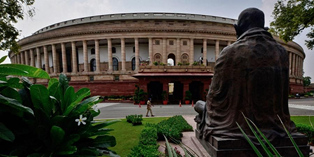
What is PRISM?
Weekend services are provided during legislative sessions by the Parliamentary Research and Information Support for Members of Parliament (PRISM).
It intends to help MPs who are serving their first terms as well as those without large secretarial staffs who might find it intimidating to speak in Parliament about policy issues.
For research and reference help, a team of 30–32 officers work on the hotline in shifts.
Usage and Enquiries:
87% of MPs used either online or offline reference services between 2019 and 2023; these services are also distributed via WhatsApp and email.
The Juvenile Justice Bill, the Wildlife Protection Bill, and quick talks on issues including climate change, drug misuse, and price increases were the primary subjects of inquiries.
Need for PRISM:
First-term When called to comment on bills without considerable research help, MPs frequently encounter difficulties.
MPs have found the hotline and reference services to be of great assistance in enabling them to participate successfully in debates and discussions.
The programme has especially helped MPs who might not be fluent in Hindi or English, allowing them to bring up important problems in Parliament.
Significance:
The atmosphere in parliament may be disjointed, with several clubs and cliques growing over time.
Particularly backbenchers frequently spend a lot of time in alone.
By enabling informed involvement in policy discussions, the research and reference services provided by PRISM can make these years on the sidelines more fruitful.
Source: Indian Express
Hul Diwas
GS Paper I
Context: In remembrance of the Santhals' sacrifice in their struggle against British colonial rulers, the prime minister observed Hul Diwas.

What is Hul Divas?
The Santhal insurrection, often referred to as the "Hul," was a planned uprising against colonialism led by the Santhals, who opposed the numerous types of persecution the British perpetrated upon them.
The importance of the Santhal uprising, their identification, the motivations for the Hul, its structure, and its long-lasting effects are all examined in this article.
Santhals and their Migration:
From Bengal's Birbhum and Manbhum areas, the Santhal people, also known as Santhalis, came to the present-day Santhal Pargana.
As part of their approach for collecting taxes, the British dispersed the Pahariya village and transported the Santhals to the forest of Damin-i-Koh.
The police and predatory lenders were only two examples of the tremendous colonial tyranny the Santhals had to endure.
Reasons behind the Hul:
Due to extortion, forced extraction, property confiscation, fabricated measurements, and other illegalities, the Santhals rebelled against the British.
Following discussions about the likelihood of insurrection at tribal councils and gatherings, the uprising was officially launched on June 30, 1855, by a large gathering of about 6,000 Santhals.
The Santhals rose up against the British under the leadership of Sidhu and Kanhu, demolishing markers of colonial authority and beheading moneylenders and zamindars.
Organization of the Hul:
Contrary to what most people think, the Hul was a well organised and planned political conflict.
There were preparations, including guerrilla formations, military teams, detectives, secret bases, supplies, and a network of message carriers for coordination, according to evidence from records and historical testimonies.
The insurrection included members of non-Adivasi Hindu castes, demonstrating the diversity of the movement.
Lesser-Known Facts about the Hul:
32 villages, both tribal and non-tribal, participated in the uprising, casting doubt on the idea that it was just a Santhal insurrection.
Two sisters under the leadership of Phulo-Jhano commanded an army of 1,000 women who were instrumental in supplying food, gathering intelligence, and attacking British barracks.
During the uprising, the East India Company's army was destroyed twice, shattering the myth that they were unbeatable.
British Narratives and Accounts:
The causes of the Santhal insurrection are revealed by British papers and personal accounts, which include high taxes, deceit and carelessness on the part of British authorities, extortion by moneylenders, corruption, and persecution.
One of the main reasons for the revolt was the misery that moneylenders, or "mahajans," imposed on the Santhal people.
Accounts from Prisoners and Divine Intervention:
There are reports of gods coming to the rebels in dreams or before them, which is similar to earlier tribal revolutions.
Trials of captive Santhals showed occasions in which gods gave rebel leaders orders to attack the British and oppressors.
Lasting Impact of the Hul:
After being put down in 1855, the Santhal insurrection continued to serve as an inspiration for subsequent uprisings, such as the Santhal participation in the 1857 mutiny.
The Hul revolt served as a symbol of resistance to British colonialism and served as the starting point for other actions in Jharkhand.
Source: Indian Express
Facts for Prelims
India-Myanmar-Thailand (IMT) Trilateral Highway:
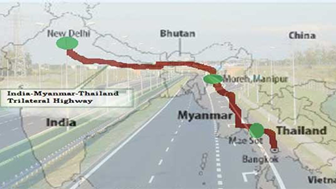
The IMT Trilateral Highway's construction is almost 70% complete.
Moreh in Manipur, India will be linked by highway to Mae Sot in Thailand via Myanmar.
The Kalewa-Yagyi road stretch and two more IMT Highway sections are being built in Myanmar by India.
On the Tamu-Kyigone-Kalewa stretch, 69 bridges and an approach road are being built.
A plan to expand the IMT highway to Cambodia, Laos, and Vietnam is also being considered.
Data Scraping:
To stop data scraping, Twitter implemented temporary reading restrictions.
The automatic method of obtaining copious amounts of data from websites or other online sources is known as data scraping, sometimes known as web scraping.
Information from web sites is gathered using software tools or programming approaches.
It may be used to develop ground-breaking software and services as well as for scholarly study and data journalism.
But it might also result in data manipulation, privacy violations, copyright violations, and other issues.
New-born genome-sequencing:

Genome sequencing is the process of determining the precise sequence of base pairs in a person's DNA.
A genome is an organism's whole DNA composition. It encompasses all of the DNA-containing chromosomes and the genes (distinct DNA segments).
Genome sequencing of newborns may enable early diagnosis, improve the efficacy of treatment, and save a child's death or handicap. It may also make the therapy more affordable.
Concerns with ethics include difficulties with privacy, the psychological toll on families, fair benefit allocation, etc.
Blog Collection
Copyright 2022 power by Ojaank Ias





